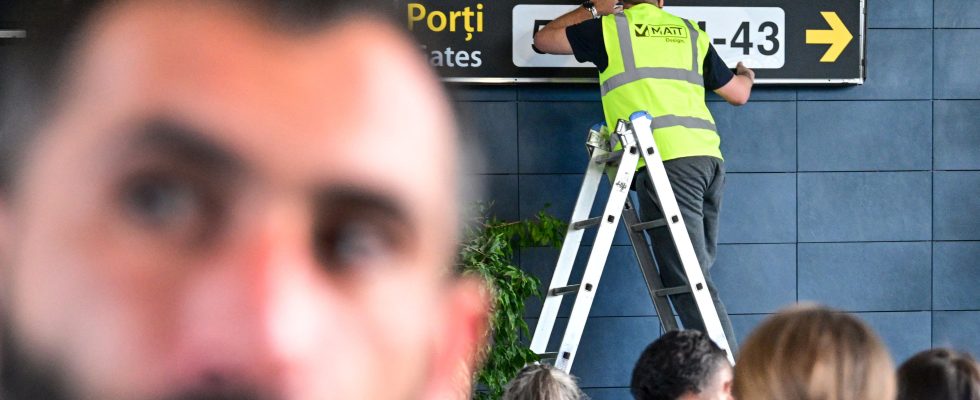After thirteen years of waiting, Romania and Bulgaria officially entered the European free movement area this Sunday, March 31. At least, only in part, since land border controls will be maintained. Austria, the only country in the European Union to have vetoed it, says it fears an influx of asylum seekers. Road checks will therefore continue, with membership limited to airports and seaports.
The measure, however, has a strong symbolic value. “This is a great success for both countries,” European Commission President Ursula von der Leyen said in a statement. “This is a historic moment for the Schengen area, the largest area of free movement in the world. Together, we are building a stronger and more united Europe for all our citizens,” she said.
Promoting European integration
Finally joining is “a question of dignity”, notes to AFP Stefan Popescu, an expert in international relations based in Bucharest. “Every Romanian, when he took a separate line from other European nationals, felt treated differently,” he says. “This will promote our integration into the EU,” welcomes the analyst.
At the Romanian capital’s airport, where the majority of flights serve the Schengen area, teams have been busy all week preparing for this little revolution. With the promise of increased numbers to carry out unannounced checks, particularly on minors “in order to prevent them from falling prey to human trafficking networks”, according to the government.
The agents deployed will also be there to “guide passengers and identify those who would take advantage of this to leave Romania illegally”, in order to gradually remove Vienna’s reluctance, and become full members of the Schengen area.
Greater space for free movement
With this double entry, this zone created in 1985 will now include 29 members: 25 of the 27 states of the European Union, as well as their associated neighbors which are Switzerland, Norway, Iceland and Liechtenstein, or 400 million people. able to travel freely, without internal border controls.
Anger of the truck drivers
For their part, road carriers, excluded from the process, are not taking off. The wait lasts “from 8 to 16 hours” at the border with Hungary, “from 20 to 30 hours with Bulgaria, with peaks of three days” in both cases, lamented one of the main Romanian unions in the sector, regretting colossal “financial losses”.
Same rant from Bulgarian bosses. “Only 3% of Bulgarian goods are transported by air and sea, the remaining 97% are transported by land,” says Vassil Velev, president of the BICA (Bulgarian Industrial Capital Association) organization.
“We are therefore at 3% in Schengen and do not know when we will be authorized to join completely,” he laments. Although he hopes for progress by the end of the year, the entrepreneur fears he will pay the price for the legislative elections scheduled for the end of September in Austria, while conservative Chancellor Karl Nehammer must face the rise in the polls of the extreme right.
In any case, both Sofia and Bucharest have warned: there will be no going back. “It is clear that this process is irreversible,” Romanian Interior Minister Catalin Predoiu declared in early March, calling for it to be completed in 2024.
